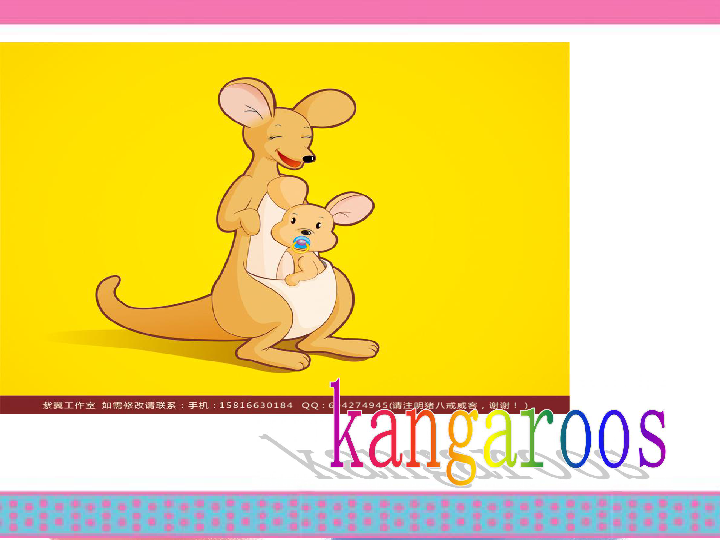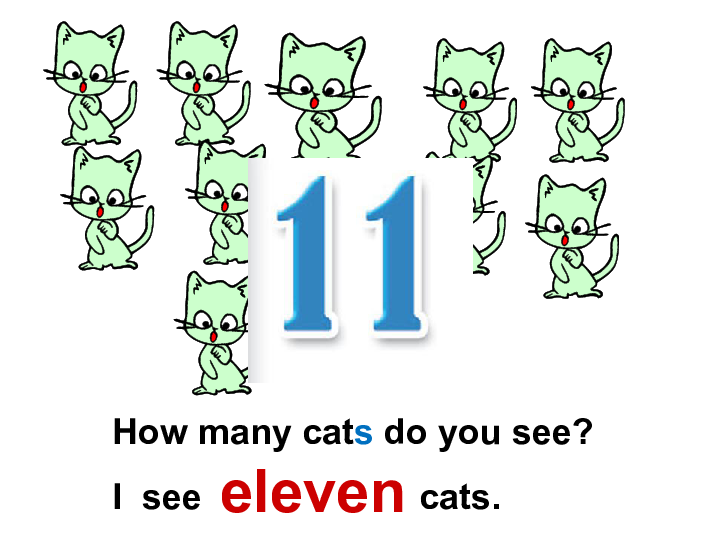Many Faces of Many是一个独特的艺术展览,展示了来自世界各地的多元艺术作品。这个展览不仅涵盖了绘画、雕塑、摄影等艺术形式,还包括了装置艺术、表演艺术等多种艺术形式。参展艺术家们通过不同的创作手法和表现形式,展现了对于多元文化的深刻理解和独特感悟。无论是来自亚洲、欧洲还是美洲的艺术家,他们都在这个展览中展示了自己的独特风格和才华。该展览还设置了一系列互动环节,如艺术家现场创作、观众互动体验等,让参观者能够更深入地感受艺术的魅力和多元文化的包容性。
In the world of today, the word "many" is used so frequently that it has become almost a commonplace term. However, if we were to dig deeper into the meanings and usages of "many", we would find that it is far from being simple. In fact, "many" has numerous faces, each of which is unique and interesting in its own way.
One face of "many" is as a noun, which refers to a quantity greater than one but not necessarily large. For example, "I have many friends" means that the speaker has more than one friend, but the exact number is not specified. This usage of "many" is quite common and it is often used in conjunction with other words to form phrases like "many times", "many years", and "many miles".
Another face of "many" is as an adjective, which describes a quantity that is large or considerable. For instance, "The project has many challenges" implies that the project is facing a significant number of challenges. This usage of "many" is also quite common and it is often used to emphasize the magnitude of a particular quantity.
Moreover, "many" can also be used as a pronoun, which refers to a person or thing that is not specifically identified. For example, "Many people think that the project is too difficult" means that a large number of people think that the project is too difficult, but the exact number is not specified. This usage of "many" is less common than the previous two, but it is still used occasionally in informal contexts.
In addition to its uses as a noun, adjective, and pronoun, "many" can also be used as a verb. As a verb, "many" means to make many or numerous times. For instance, "He many times repeated his mistakes" means that he made the same mistake many times. This usage of "many" is not common and it is often considered as an informal or colloquial usage.
Moreover, "many" has yet another face as an adverb. As an adverb, "many" means in a great number or to a great extent. For example, "The project was many times delayed" implies that the project was delayed many times. This usage of "many" is also not common and it is often used in specific contexts where emphasis on the frequency of an event is needed.
Thus, as we can see, "many" has numerous faces each of which has its own specific meanings and usages. From a simple noun referring to a quantity greater than one to an adverb emphasizing the frequency of an event, "many" has evolved to become a highly versatile word in the English language.
However, despite its many faces and diverse meanings, "many" still manages to maintain its core value as a term indicating a large or considerable quantity. Whether it is used as a noun, adjective, pronoun, verb, or adverb, "many" always manages to convey the same basic idea: there are a lot of something or someone involved.
In conclusion, "many" is not just a common term used in daily conversation; it is also a highly complex and versatile word with numerous faces and meanings. By understanding the different faces of "many", we can better appreciate its role in the English language and use it more effectively in our communication.




 京公网安备11000000000001号
京公网安备11000000000001号 京ICP备11000001号
京ICP备11000001号